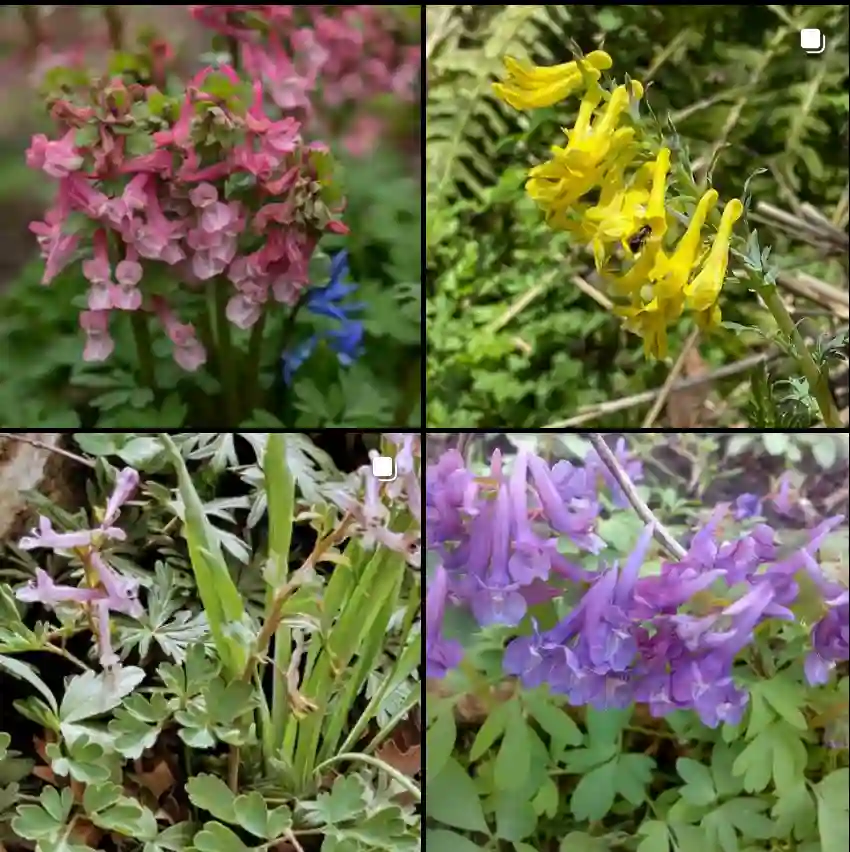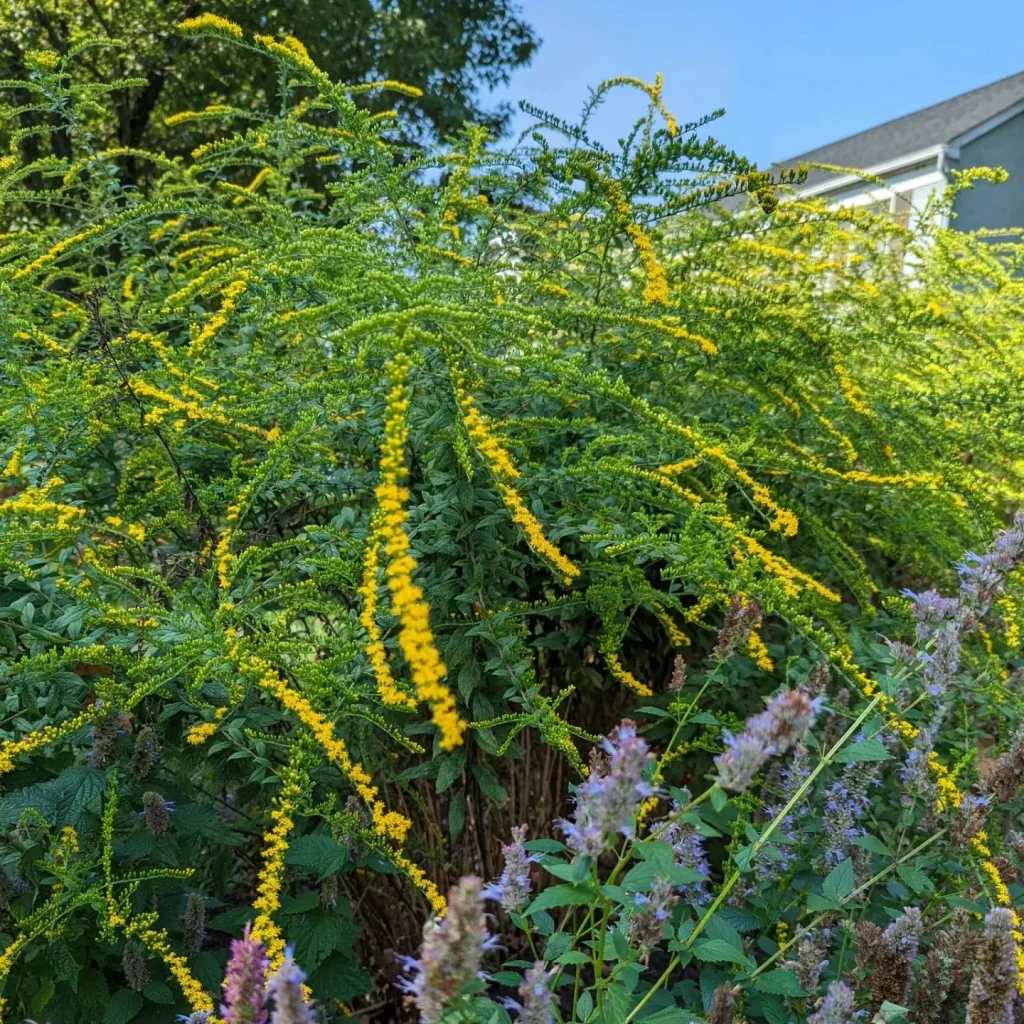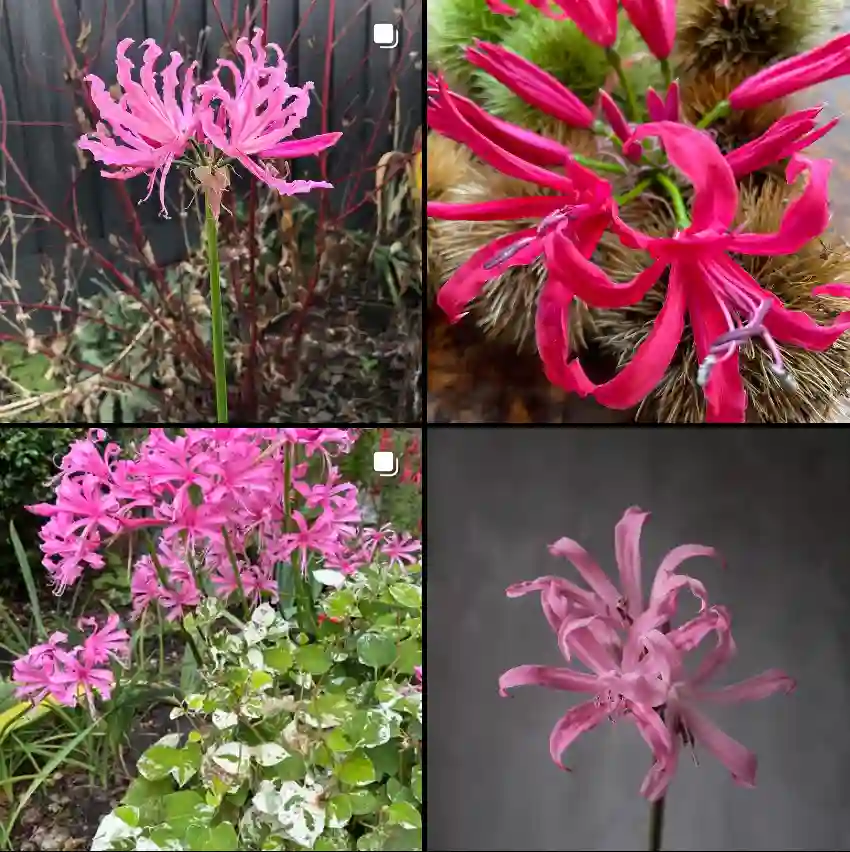
The Ficus Lyrata Bambino: A Fiddle Leaf Fig for Tiny Homes and Big Dreams
For the past year, my apartment has been yearning for a touch of the tropics. I craved the lush greenery and architectural presence of a fiddle leaf fig, but my shoebox-sized living space simply couldn’t accommodate the towering giant. Enter the Ficus Lyrata Bambino, a miniature version of the iconic fiddle leaf fig that stole my heart (and fit perfectly on my windowsill).
This little wonder has quickly become my pride and joy, and after months of happy cohabitation, I want to share everything I’ve learned about caring for this pint-sized wonder.
880 Species in Genus Ficus
Ficus Lyrata Bambino vs Ficus Lyrata
My regular Fiddle Leaf Fig(Ficus Lyrata) was a dream come true… until it brushed the ceiling. It’s stunning, with these huge, glossy leaves that make a real statement. But wow, does it take up space! Moving it around is a workout, and I’m constantly worried about bumping those delicate leaves.
That’s why I decided to try the Ficus Lyrata Bambino. It’s like a miniature version of my giant fiddle! The leaves are adorably round and closer together, giving it a much bushier look. It fits perfectly on my plant stand and adds a pop of green without overwhelming the room. Sure, it might not be a jungle giant, but for my small apartment, the Bambino feels just right.
Ficus Lyrata Bambino vs. Dwarf Ficus
Before diving into care specifics, it’s important to distinguish the Bambino from its close cousin, the Dwarf Ficus (Ficus lyrata compacta). While both are marketed as “dwarf” varieties, the Bambino boasts a more compact and bushier growth habit. It also tends to have slightly smaller, thicker leaves with a lighter vein pattern compared to the classic fiddle leaf fig.
How Big Do Ficus Lyrata Bambino Grow?
Here’s the magic bullet for anyone with limited space: unlike its larger sibling, the Bambino is unlikely to reach past 3-4 feet in height. This makes it ideal for tabletops, bookshelves, or even bathroom vanities with bright, indirect light.
Bringing the Sunshine Indoors: Light Needs of the Bambino
Like most fiddle leaf figs, the Bambino thrives in bright, indirect light. Think dappled sunlight filtering through a sheer curtain – that’s the sweet spot. Avoid harsh, direct sun, which can scorch the leaves. Conversely, too little light will lead to leggy growth with sparse foliage. If your apartment leans towards the shady side, consider supplementing with a grow light to mimic natural conditions.
Watering Wisely: The Key to a Happy Bambino
Watering is perhaps the trickiest aspect of Ficus Lyrata Bambino care. Overwatering is a death knell for these plants, so err on the side of underwatering. Here’s my method: I stick my finger about an inch into the soil. If it feels dry to the touch, it’s watering time. Drench the soil thoroughly until water runs out the drainage holes, then discard any excess water that collects in the saucer. Remember, it’s better to underwater than drown your Bambino.
Keeping the Humidity High: A Bambino’s Dream
Fiddle leaf figs, including the Bambino, hail from naturally humid environments. While they can tolerate average indoor humidity levels, a little extra moisture goes a long way. Here are my favorite methods to boost humidity:
- Pebble tray: Place your Bambino on a tray filled with pebbles and water. As the water evaporates, it increases the humidity around the plant.
- Grouping plants: Clustering your Bambino with other humidity-loving plants creates a mini microclimate that benefits everyone.
- Regular misting: Mist the leaves daily with filtered or rainwater, especially during the dry winter months.
Feeding Frenzy: How Often to Fertilize Your Bambino
During the active growing season (spring and summer), a balanced fertilizer diluted to half strength once a month is sufficient. In the fall and winter, when growth slows, feeding can be reduced or stopped altogether.
Pruning for Perfection: Shaping Your Bambino
The Bambino naturally grows in a bushy form. However, if you desire a fuller plant with more branches, don’t be afraid to prune! Simply snip off new growth just above a leaf node. This will encourage the plant to branch out and create a bushier look.
Propagating Your Bambino: Sharing the Fiddle Love
One of the most rewarding aspects of being a plant parent is propagation. The good news is that Ficus Lyrata Bambino can be propagated from stem cuttings. Here’s a simplified version of the process:
- Choose a healthy stem with a few leaves at the top.
- Make a clean cut just below a leaf node at an angle.
- Remove the lower leaves, leaving just a few at the top.
- Dip the cut end in rooting hormone (optional but can improve success rates).
- Plant the cutting in a pot filled with well-draining potting mix.
- Water thoroughly and keep the soil consistently moist but not soggy.
- Place the pot in a warm location with bright, indirect light.
Be patient – it can take several weeks for roots to develop. Once established, your new Bambino can embark on its own journey of leafy growth!
Conclusion
The Ficus Lyrata Bambino is a dream come true for apartment dwellers and fiddle leaf fig enthusiasts alike. Its compact size and manageable care requirements make it a fantastic choice for anyone who wants to bring a touch of elegance and tropical flair to their living space. Whether you’re a seasoned plant parent or a nervous newbie, the Bambino’s forgiving nature and delightful personality will surely win you over. So, ditch the space constraints and embrace the joy of fiddle leaf fig ownership – the Bambino awaits!
If i die, water my plants!



